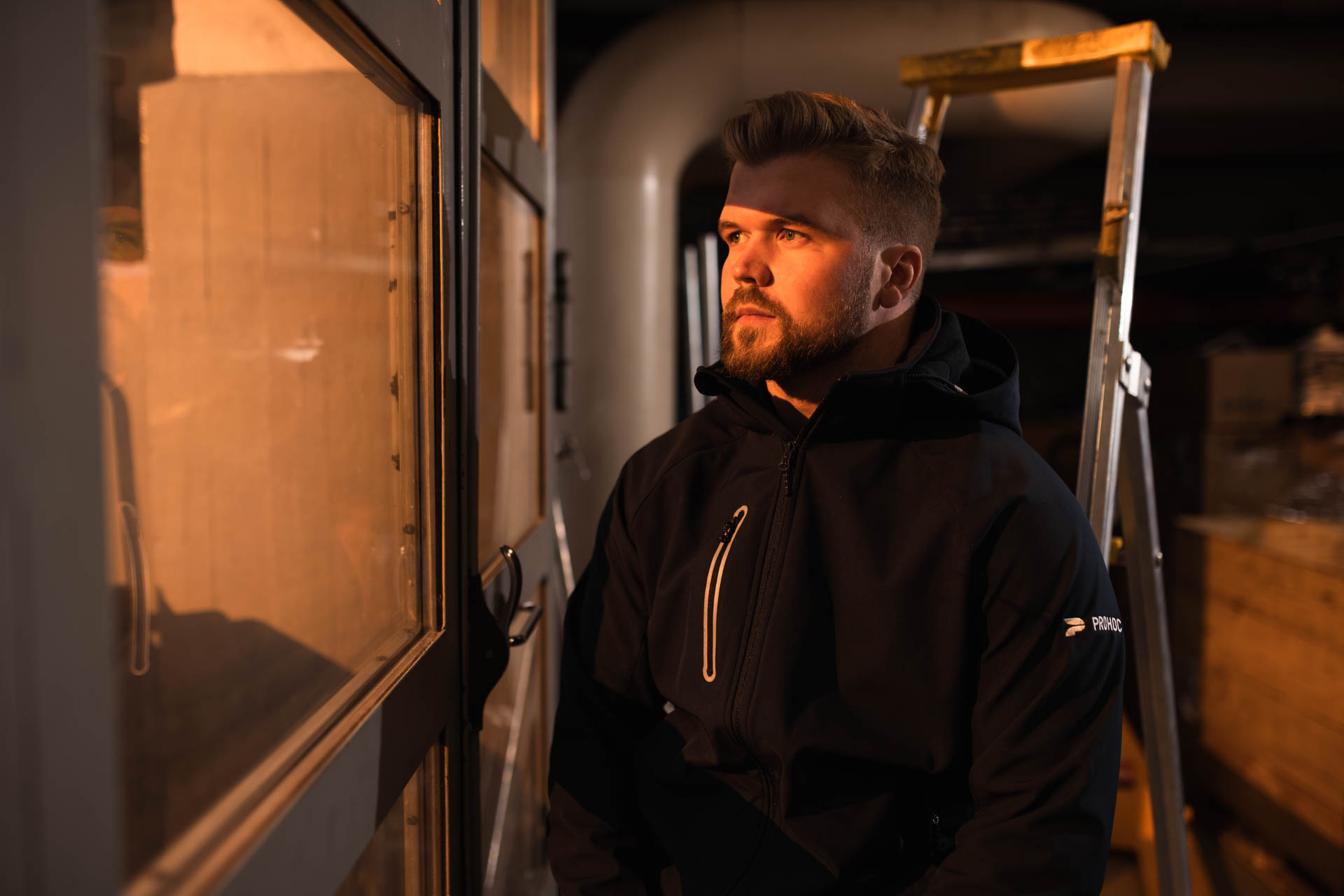We all know Tigger, the lovable fictional character from A.A. Milne’s “Winnie the Pooh” series, known for his endless energy, positiveness, bold enthusiasm and bouncing skills. Tigger once said “Why do we fall, you ask? So, we can practice our bouncing skills!”
Most people feel well when things are under control. People also tend to expect predictability. However, we all face unplanned challenges. Predictability and control are not always in our own hands. Then we need skills to bounce back.
PERSONAL RESILIENCE
Resilience is the ability to adapt, bounce back, and recover from adversity, challenges, or difficult life situations. It involves effectively coping with stress, setbacks, and traumatic experiences while maintaining mental and emotional well-being. “We all have our own individual capacity to cope with challenges, however having resilience we can face difficult circumstances with a sense of strength, determination, and flexibility, allowing us to navigate life’s ups and downs more effectively” says Johanna Hämäläinen, CHRO in Prohoc and continues “good news is also that we can strengthen our own personal resilience capabilities to be able to bounce back easier, when challenges come to our way”.
RESILIENCE MUSCLES
According to research done by Resiliency Alliance people going through change and other challenges have certain identified characteristics that help them to adopt change effectively. These characteristics represent the core components of resilience. Each of these muscles are important by themselves, however the magic happens, when you can utilize the muscles all together.
- POSITIVITY Resilient individuals effectively identify opportunities in turbulent environments. This muscle helps you interpret situations in a way that offers hope and possibility.
- CONFIDENCE Resilient individuals have the personal confidence to believe they can succeed in the face of uncertainty. This helps you to trust your capabilities to overcome the challenge.
- PRIORITIES Resilient individuals have a clear vision of what they want to achieve and when. This helps you identify the most important things to pay attention to as you face challenges.
- CREATIVITY Resilient individuals generate a wide range of ideas and approaches for responding to new situations. This helps you review alternative possibilities and options for dealing with challenges.
- CONNECTION Resilient individuals build relationships that enable them to call on others for assistance and support. This muscle enables you to lean on others and on the other hand support others when dealing with challenges.
- STRUCTURE Resilient individuals effectively develop and apply systems, processes, and structures. This helps you plan, coordinate, and use your energy efficiently in challenging situations.
- EXPERIMENTING Resilient individuals initiate action in the face of uncertainty, taking calculated risks rather than seeking the comfort of the status quo. This helps you get out of your comfort zone and try new ways of operating when facing challenges.
CARING AND GROWING
“Developing resilience is not about developing superheroes, who never break down. It’s about supporting people to bounce back with lower damages while maintaining overall energy level and wellbeing when challenges come to your way.”, Johanna Hämäläinen
Resilience is important for our overall wellbeing, as it enables people not only to survive in challenging situations, but also grow from them. It’s a valuable skill to develop, as it helps people to better cope and recover from setbacks allowing us to grow through these experiences. As the speed is fast and changes come and go it’s important that people have the skills to develop their change capabilities.
That’s why Prohoc has decided to invest on personal resilience development. “It’s good to keep in mind that developing resilience is not about developing superheroes, who never break down. It’s about supporting people to bounce back with lower damages while maintaining overall energy level and wellbeing when challenges come to your way” says Johanna and continues “Also, it’s important to understand that building personal inner strengths is not enough. In addition, we need to focus on complete wellbeing of our people and ensure the balance between work and personal life, good working conditions and supportive leadership.”
So, what can we learn from Tigger? Tigger reminds us that even in challenging times we can bounce back with positivity, self–confidence and nurturing good relationships.
After all “life is not about how fast you run or how high you climb but how well you bounce,” says Tigger.


